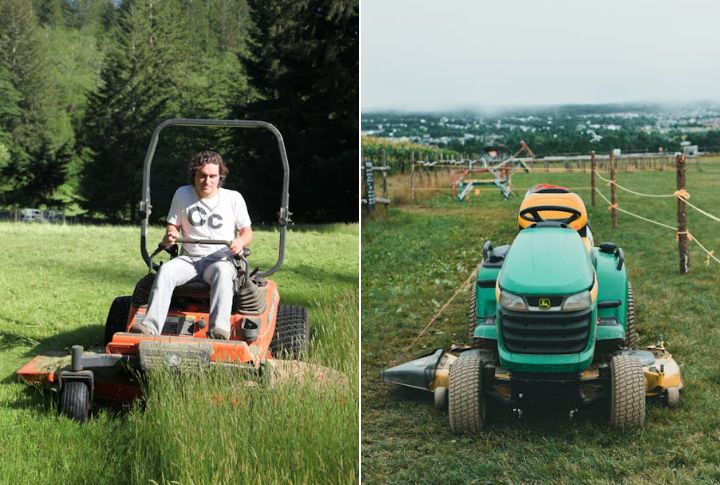
Most tools look great, but only a few truly perform well. Poor deck fit or limited storage can turn a smart buy into regret. Knowing what to check before purchase helps avoid waste of money and time. Here’s what buyers often overlook—and why getting it right means less hassle and a lawn worth showing off.
Deck Size Vs. Yard Size — Get The Fit Right
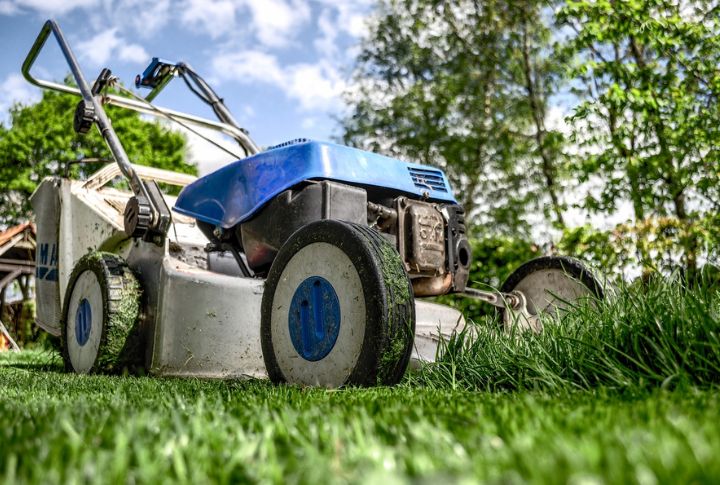
Choosing the right deck size depends on your yard’s size and layout. For under 1 acre, a 30–42 inch deck handles easily. Between 1–4 acres, upgrade to 42–54 inches for better coverage. Over 4 acres calls for 54–72 inches. While wider decks save time, narrower ones offer better control. Finally, check storage since most mowers run about 6 feet long.
Attachment Action — What Each Mower Can Handle
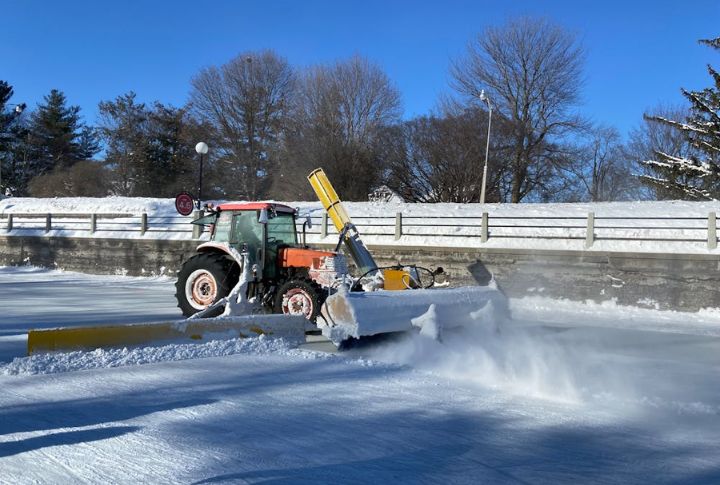
Riding mowers handle light-duty tools like tow carts and spreaders, but fall short when it comes to heavier work. Lawn tractors, on the other hand, excel in multi-season use. With stronger frames and higher horsepower, they support snow blowers, plow blades, and PTO-driven tools. To obtain ideal results, add counterweights for traction and plan for seasonal swaps.
Power Play — Match Engine Strength To Your Yard

Engine power shapes how your mower handles the yard. On flat lawns, riding mowers with 14–24 HP perform well. For tougher terrain, lawn tractors with 20–30 HP deliver the torque needed to handle slopes and thick grass. Heavy-duty tasks call for garden tractors with 25–35+ HP. Diesel engines add torque and efficiency, making them ideal for rugged, long-term use.
Budget Battle — What You Get At Every Price Point
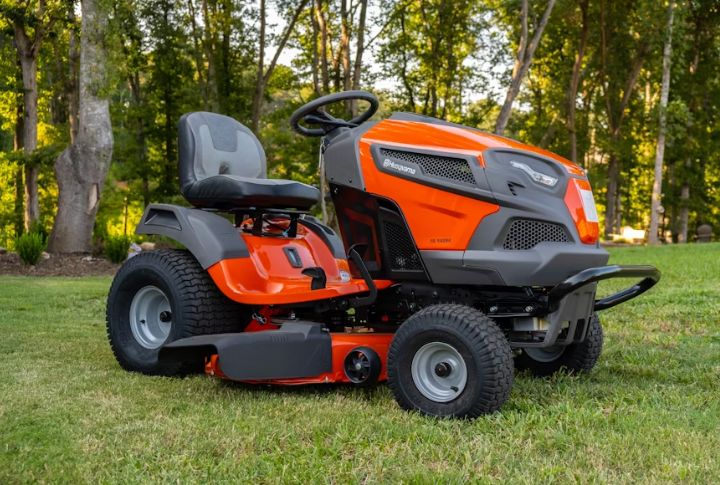
Riding mowers offer a solid start, especially under $2,000. They’re great for simple mowing jobs on flat ground. As your yard size or task list grows, lawn tractors provide more value. With prices up to $6,000, you get power, comfort, and multi-season use. They also last longer with regular upkeep, making the higher cost easier to justify.
Terrain Check — Slope Handling And Safety Essentials
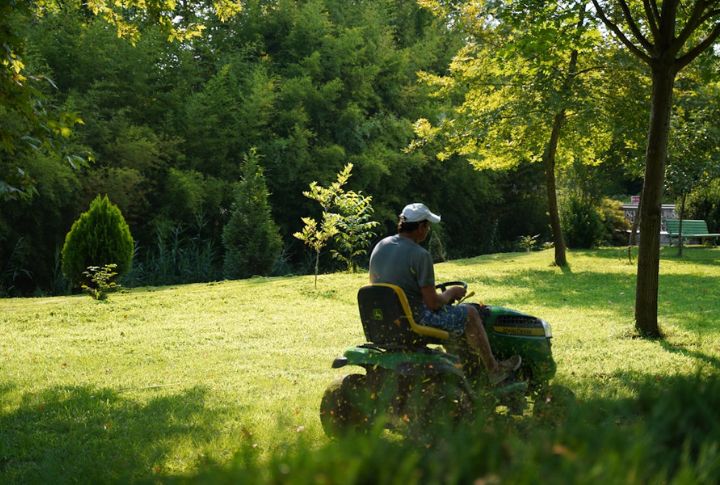
Mowing on slopes requires stability, yet lightweight riding mowers often slip or tip. Lawn tractors handle better due to lower centers of gravity and wider wheelbases. Features like deep-tread tires and rear or four-wheel drive improve traction. Always mow vertically on slopes and avoid wet grass. Also, ensure safety with ROPS and seat belts.
Storage Solutions — Plan Your Space Before You Buy
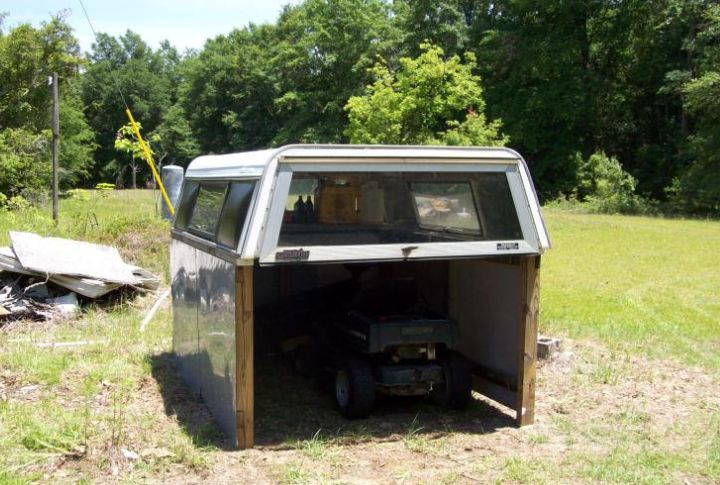
Before buying your mower or building a shed, take time to visualize the footprint. Use stakes or tape to outline the space in your yard. Riding mowers usually fit inside a standard 8×10 ft shed, if you’re not storing many extras. Lawn tractors, however, need more room, ideally a 10×12 ft space or larger to allow for movement and storage.
Turf Match — Cut Smarter Based On Grass Type
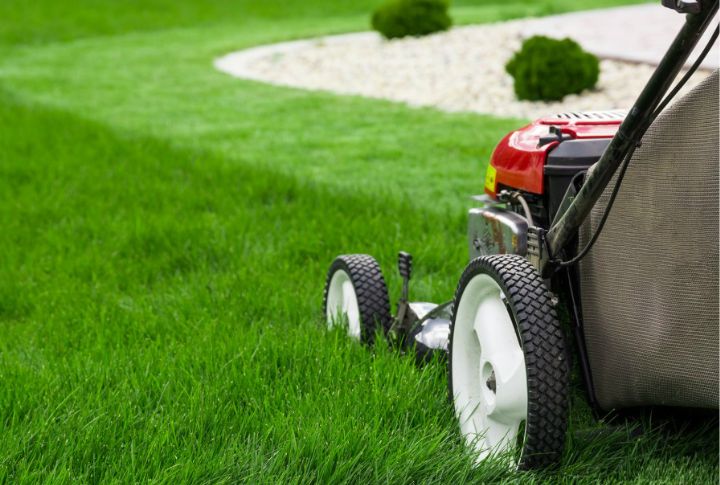
Grass type directly affects how your mower performs. For finer grasses like Bermuda, riding mowers provide an edge because of their lighter decks and precise blades. On the other hand, lawn tractors are better suited for thicker grass varieties. Additionally, blade choice matters—mulching blades in riding mowers recycle nutrients, while high-lift blades in lawn tractors are ideal for clean bagging.
Comfort Clash — Ride Quality Makes A Difference

Comfort matters when mowing big yards, especially over long sessions. That’s where lawn tractors outshine basic riding mowers. Many offer high-back seats, suspension, and in top-tier models, extras like USB ports and cup holders. Look for adjustable seats and armrests to reduce strain. A smoother, more comfortable ride keeps fatigue low and helps you get the job done right.
Lifespan Showdown — Get The Most From Your Mower
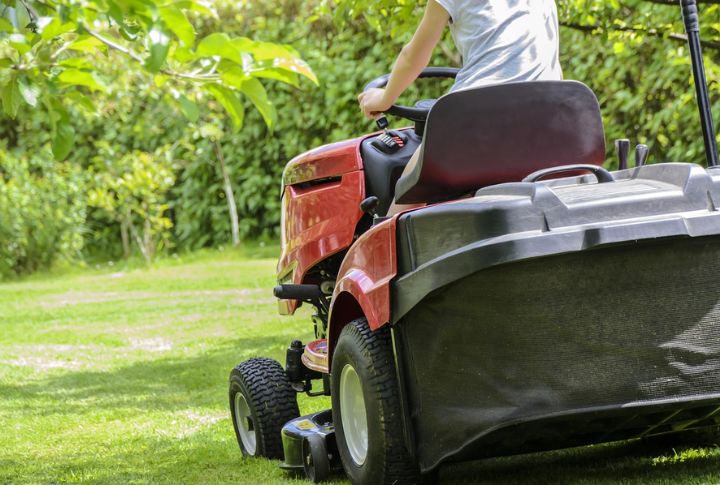
Durability plays a key role in mower value over time. Heavier frames, quality components, and innovative design directly impact how long your machine lasts. Lawn tractors, by comparison, offer lifespans of 10–15 years, due to their stronger builds and multi-season functionality. In contrast, riding mowers typically last 8–12 years due to their lighter construction and limited capabilities.
Speed Smarts — Find The Right Pace For Your Yard
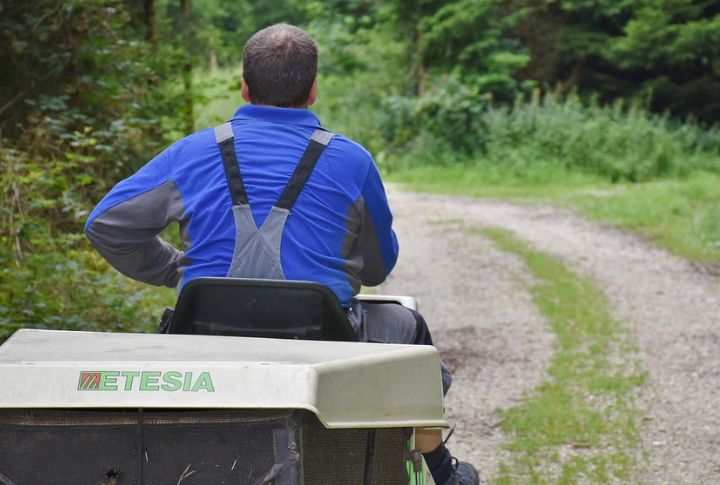
Riding mowers are quick and nimble, effective for tight spots. But lawn tractors slow things down slightly for more stable coverage. If the terrain gets bumpy or the grass grows thick, lower speeds give cleaner results. The hydrostatic drives make it easier to adjust speed without stopping or shifting, and give you more control across different parts of your yard.

